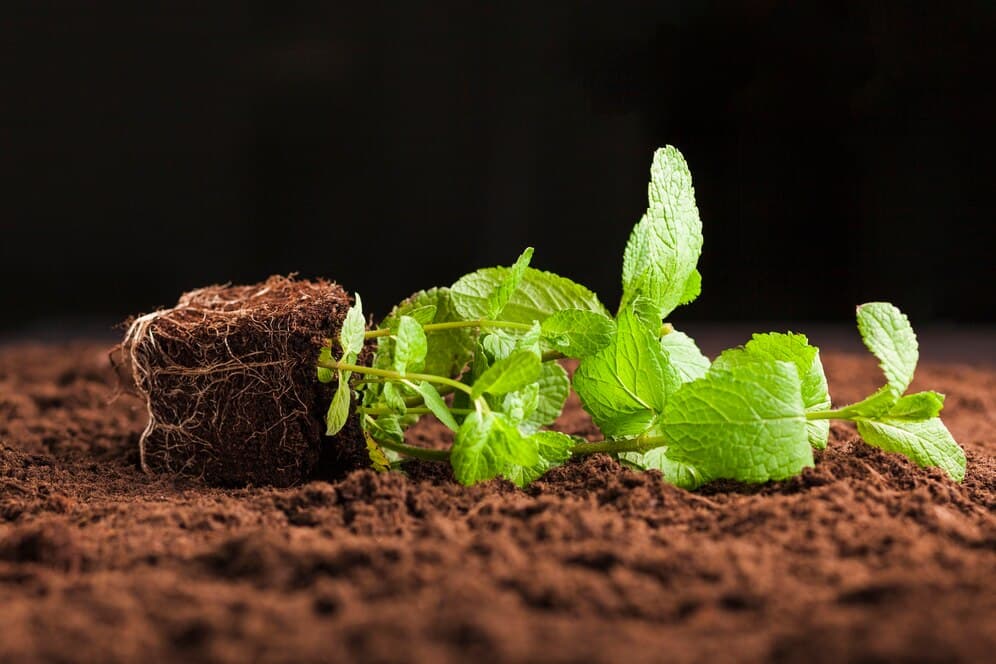
Farming success is all about using simple and effective strategies, whether you’re a seasoned farmer or just starting. Let’s explore some straightforward tips to help your farm thrive.
1. Healthy Soil for Happy Crops

The first step to success is having healthy soil. Get to know your soil by doing regular tests. This helps you figure out what nutrients your plants need. Adding the right fertilizers and making small changes to your soil can make a big difference. Also, planting different crops and covering the soil with plants during the off-season keeps the soil healthy and strong.
Sustainable agriculture is an approach to food production that prioritizes environmental health, social equity, and economic profitability
2. Tech that Helps: Making Farming Easier

Technology can be a farmer’s best friend. Using tools like GPS-guided tractors and drones helps you do your work more efficiently. These gadgets make sure you use just the right amount of water, fertilizer, and seeds. By checking data from these tools, you can make smart crop choices, leading to bigger harvests.
3. Water-Smart Farming: Use It Wisely
Water is super important, so using it wisely is a must. Try using drip irrigation and collecting rainwater. Keep an eye on how wet your soil is to avoid wasting water. Simple tricks like putting mulch around your plants also help keep the water where it’s needed. Being smart about water not only helps your crops but is also good for the environment.
4. Mix It Up: Different Crops, Better Farm

Planting a variety of crops is like having a backup plan. If something goes wrong with one crop, you’ve got others to rely on. Growing different crops also helps keep the bugs away and makes your farm stronger. Explore new crops that suit your area and what people like to buy.
5. Bug Busters: Keeping Pests in Check

Battling bugs can be tricky. Instead of using a lot of chemicals, try using nature’s helpers. Encourage bugs that eat pests, change your crops around, and choose plants that bugs don’t like. This way, you can protect your crops without hurting the environment.
6. Friends in the Community: Grow Together
Farming is not just about plants; it’s about people too. Connect with your neighbors and community. Selling directly to local businesses or at farmers’ markets creates strong ties. This not only helps your farm but also builds a sense of togetherness. Working with others can also open up new opportunities for your farm.
In Conclusion
Growing smart on the farm is about mixing old wisdom with new ideas. Take care of your soil, use technology wisely, save water, try different crops, control pests naturally, and build connections in your community. These simple steps will help your farm succeed and contribute to a healthy and thriving agricultural world.



